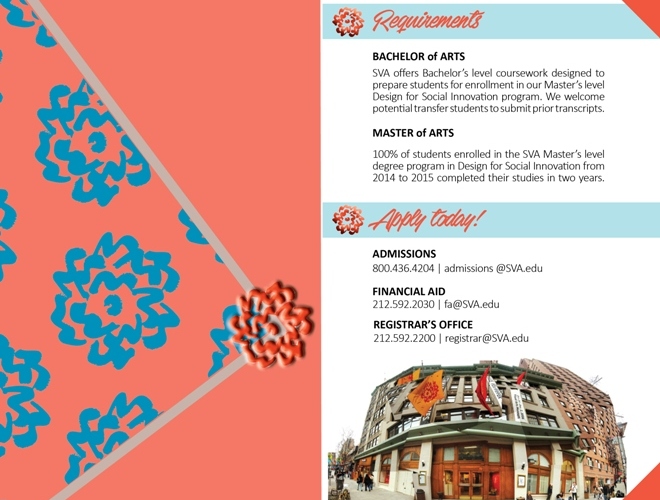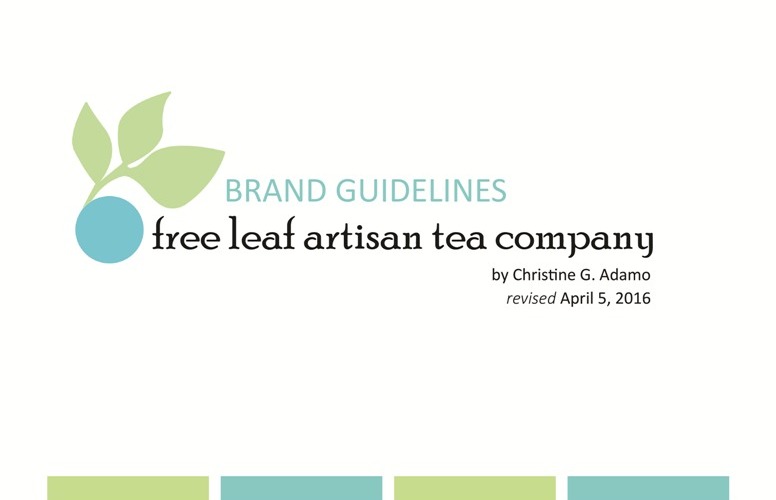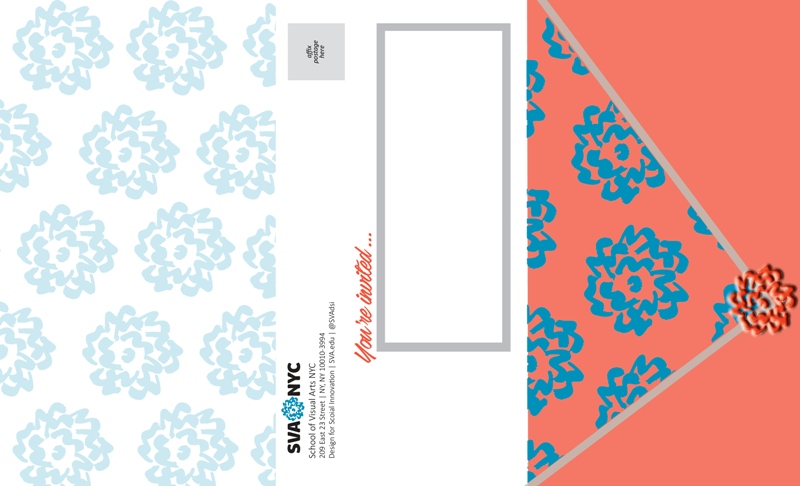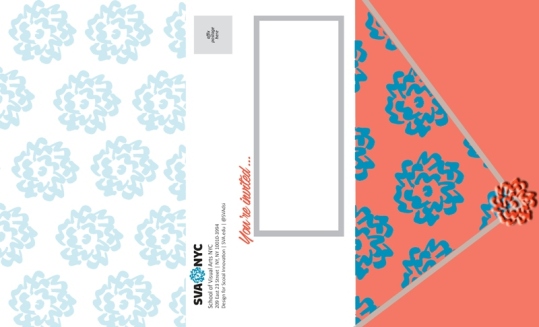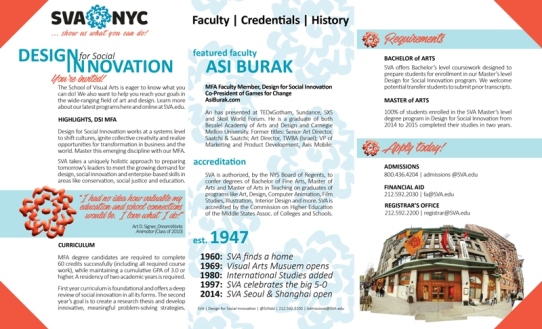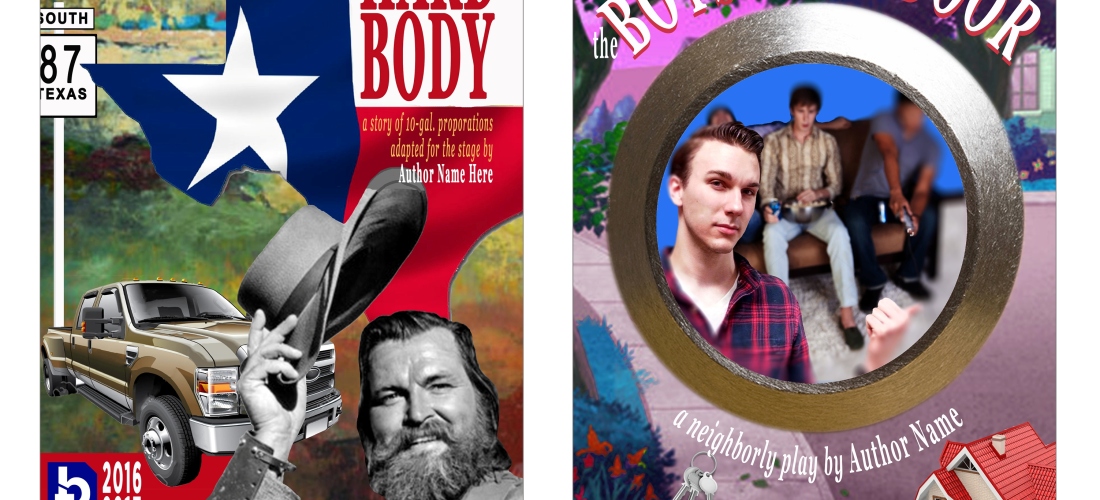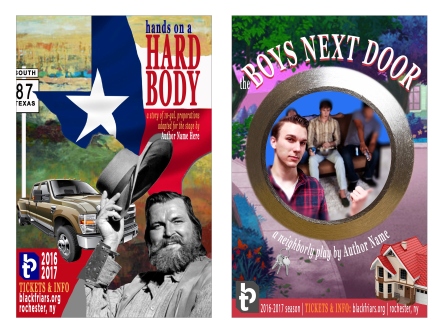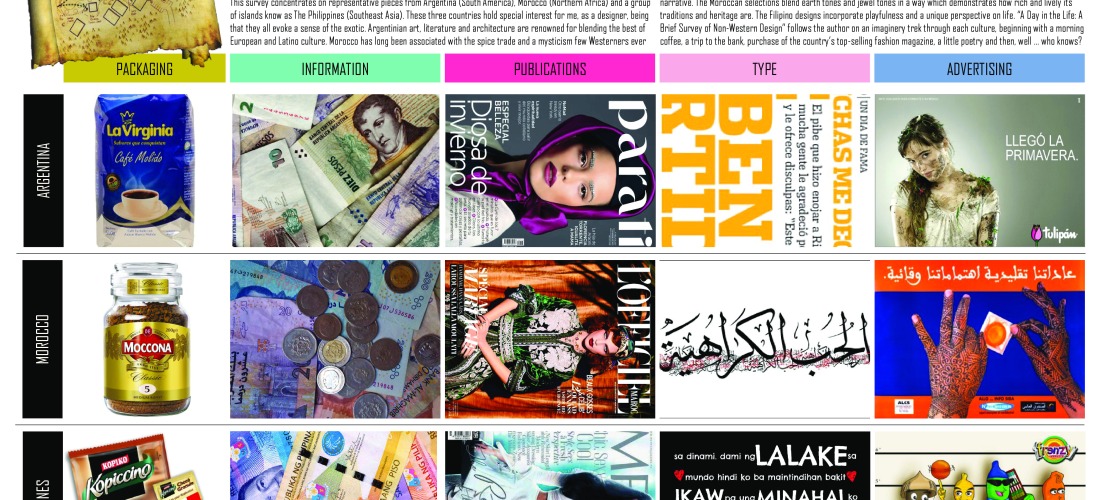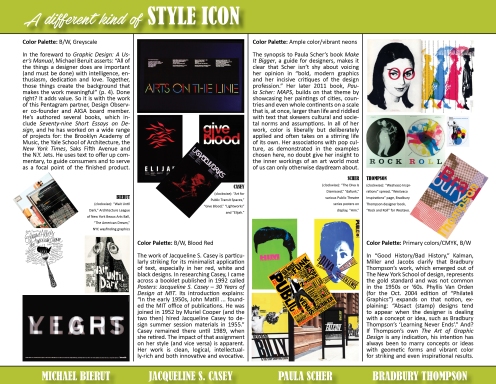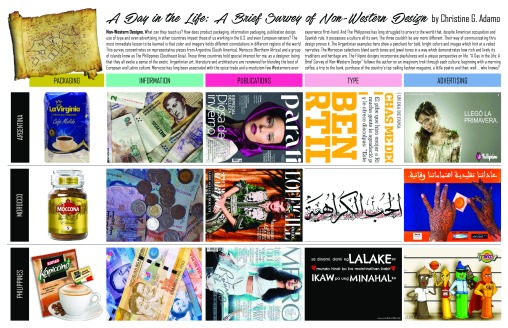Establishing Brand & Identity Guidelines
by Christine G. Adamo
What’s your brand? Your identity? Do you even have ’em? It’s likely!
Whether you own a business or are simply going about your business, your brand and identity are inextricably linked with your personality. They’re what tell other people whether you’re friendly, raucous, outspoken or demure. The way you package yourself (via product design or personal effects) speaks volumes.
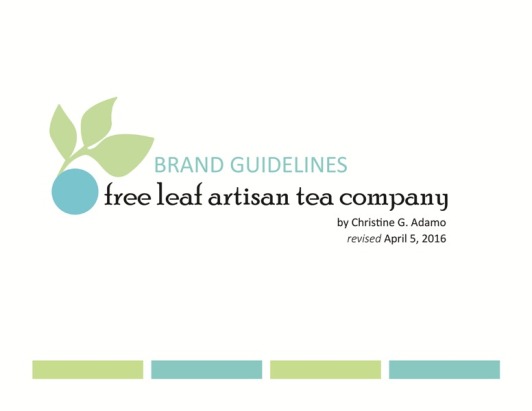
Brand guidelines ensure that you send a consistent message to consumers, lenders and even the media. (Created by WRE’s Christine G. Adamo using Adobe Illustrator, InDesign and Photoshop)
The guidelines I’m sharing here are for a fictitious company.
But nearly any business, publication or endeavor can benefit from a set of guidelines for logo use, color schemes, typography and more. By consistently adhering to those guidelines, you help others take you more seriously. If you’re looking for a loan, I recommend bundling such guidelines into your business plan.
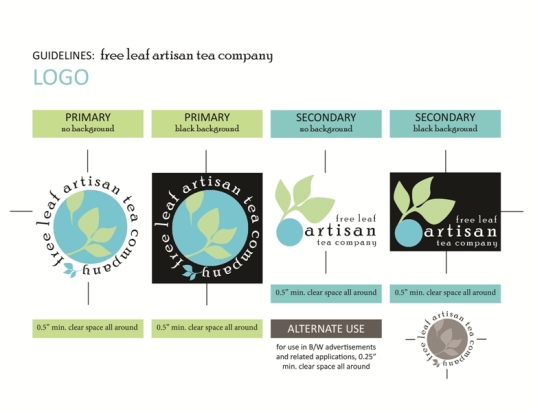
Notice how every page of my free leaf brand guidelines is built upon the same general template. I intentionally repeat colors, fonts and art elements so that it’s cohesive. (Created by WRE’s Christine G. Adamo using Adobe Illustrator, InDesign and Photoshop)
So, you know you need a set of brand guidelines. But what do you include?
What I initially included in the brand guidelines I’ve shared here (beyond a cover page, that is) were pages for: logos (w/alternate designs), color palette, typography and graphic elements. What I later added were consumer packaging and staging. Just about any client can benefit from at least a few of these elements.
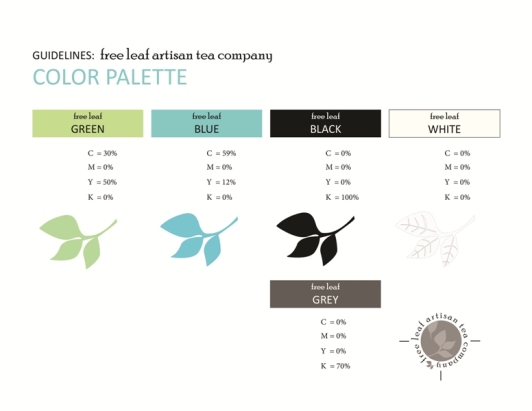
Making note of CMYK, RGB or other color specs ensures that no matter who designs what the results will be the same. BTW, this is no time to wield an ego. (Created by WRE’s Christine G. Adamo using Adobe Illustrator, InDesign and Photoshop)
I’m going to play devil’s advocate here and say it for you: Why should I care?
Good question! Designers sometimes worry about becoming obsolete. In other words, say I establish a set of branding guidelines for you. Within it, I detail every color, font and image you’ll ever use in subsequent marketing materials. What’s to stop you from having someone in-house do the work for you?
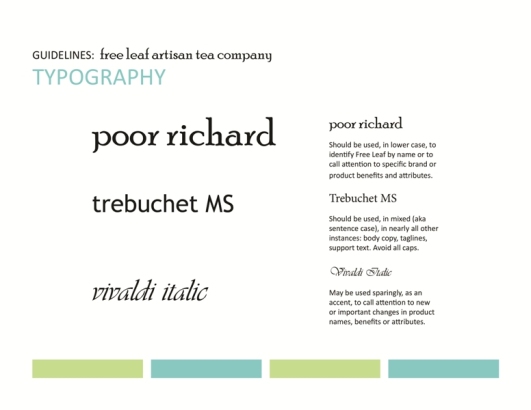
At a minimum, every business – and, more importantly, every publication – needs a set of typography guidelines. Without them? You’re just floundering. (Created by WRE’s Christine G. Adamo using Adobe Illustrator, InDesign and Photoshop)
Nothing. But your in-house designer has clearly dropped the ball already.
Hmmm. See where this is going? Don’t be so fearful that you wind up doing your clients a disservice. In the end, guidelines also make life easier on you. And creating them takes time and effort. That’s billable time I’m talking about. Get paid to do your clients and yourself a favor, why don’t you! It’s about time, right?
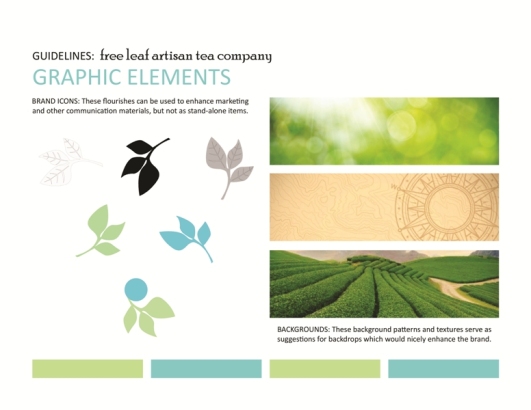
NOTE: Yes, guidelines should set a universal standard. But don’t treat them as if they’re etched in gold. Revist and update them at least once a year. (Created by WRE’s Christine G. Adamo using Adobe Illustrator, InDesign and Photoshop)
While we’re on the topic of what you can do for your clients – and yourself …
There’s no better time to mention that, when you’re working for a client, you really need to check your ego. It’s not your project your working on. It’s theirs. They need to be happy with the outcome. They need to trust that you took their concerns seriously. They need to know you have their best interests in mind.
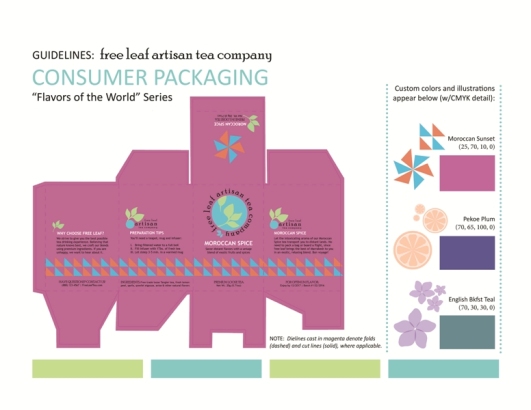
Avoid making your brand guidelines boring. Let loose! Make them something you’ll want to refer to again and again. Because you’ll probably need to! (Created by WRE’s Christine G. Adamo using Adobe Illustrator, InDesign and Photoshop)
If you don’t, why bother working for them? Work on your own stuff instead!
I’m being cheeky here, but I’m trying to drive home an important point. Why would anyone pay you to force your own agenda on them? Or their clientele? Collaboration and brainstorming aside, if I have needs which must be met, I want you to meet them. Be creative, but don’t force your brand on mine.
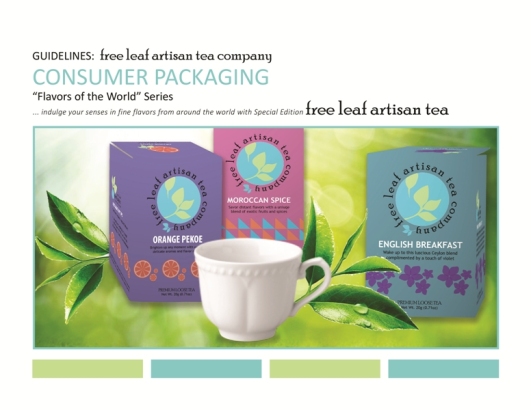
OK, so I’m no wizard when it comes to forcing perspective on flat images. Glitches aside, using Adobe products to bring mockups to life is a lot of fun. (Created by WRE’s Christine G. Adamo using Adobe Illustrator, InDesign and Photoshop)
An even better strategy is to work with clients who “get” you.
They’re out there. They exist. Believe me, they do. It’s not always easy to find them. But, the minute you cut a client (who’s a bad fit) loose, you’ll stumble right into one who thinks you’re the cat’s meow. And there are few better feelings than knowing that clients thoroughly appreciate the work you do for them.
Now get out there and find an identity to brand – with guidelines no less.
If I can do it? You can!
Christine
Christine G. Adamo | Owner, Lead Writer & Designer | http://www.WriteReviseEdit.com
